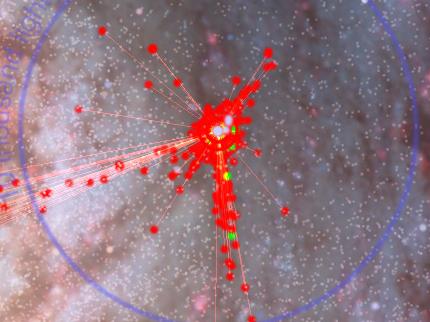
Space


‘Aliens prevented a nuclear war’

This rocket will take us to Mars

Is this our first alien contact?

War in space: ‘We must prepare’

Our key role in search for alien life

‘It’s bleak’: The universe is dying

What food looks like in outer space

Rosetta’s comet ride nears payday

Man contacts space from garden shed

NASA’s virtual stroll of Mars

Is there a woman on Mars?

Is this a secret moonbase?

‘Will she have to help populate the planet?’

Strange crab-like object spotted on Mars

The Vatican opens up on ‘alien Jesus’

UFO fans excited about object flying near airport

‘One small step for man at a time’

How much does a trip to the moon cost?

Did you catch the Blue Moon?

‘Our country may never reap the benefits’

What does this intergalactic light show mean?

‘We would only have 12 hours to prepare’

What life would be like on Earth 2.0

The day Australia narrowly avoided Armageddon

Glaciers glimpsed on Pluto’s surface

‘We might be able to get there’

The other Earth 2.0 candidates

‘We should think carefully before replying to aliens’

Closest we’ve come to Earth 2.0
Original URL: https://www.news.com.au/technology/science/space/page/54
